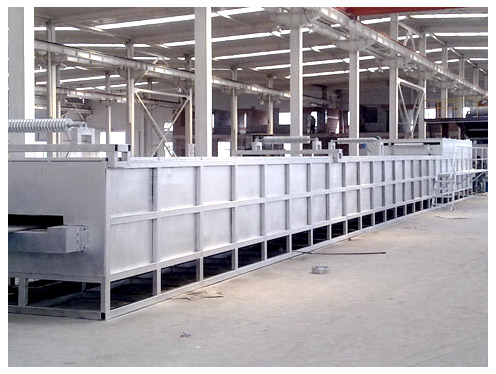The particle size distribution of the ore significantly affects the efficiency of nickel leaching process due to several factors:
Surface Area: Finely ground particles have a larger surface area per unit mass compared to coarser particles. This increased surface area provides more contact points for the leaching solution (such as sulfuric acid) to interact with the nickel-bearing minerals, accelerating the dissolution process.
Leaching Kinetics: Smaller particles typically exhibit faster leaching kinetics because the leaching solution can penetrate more quickly and uniformly into the ore matrix. This results in quicker dissolution of nickel into solution.
Mass Transfer Limitations: Coarser particles may have slower leaching rates due to mass transfer limitations. The leaching solution may struggle to diffuse into the interior of larger particles, leading to incomplete dissolution or slower overall extraction rates.

Agglomeration Effects: Larger particles can sometimes agglomerate or form compact structures that hinder the penetration of leaching solutions, further reducing efficiency.
Recovery Rates: The size distribution of the ore can affect the overall recovery rates of nickel. Finer particles generally allow for more efficient extraction of nickel, leading to higher recovery percentages from the ore.
In practical terms, optimizing the particle size distribution during ore preparation can improve the efficiency and economics of the nickel leaching process. Techniques such as grinding or milling the ore to achieve a desired particle size range can be employed to enhance leaching efficiency and maximize nickel recovery.